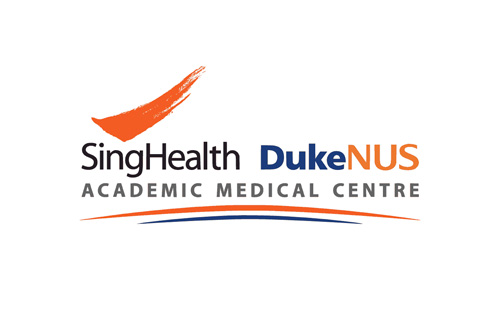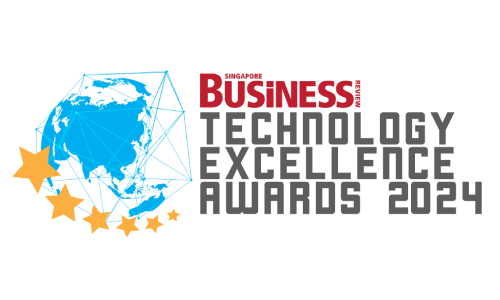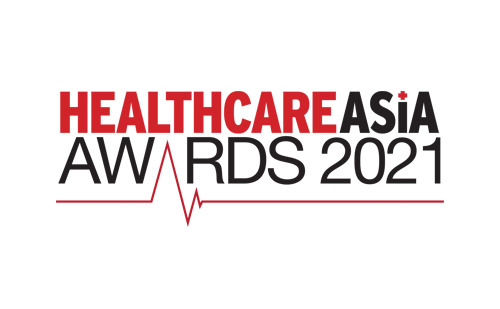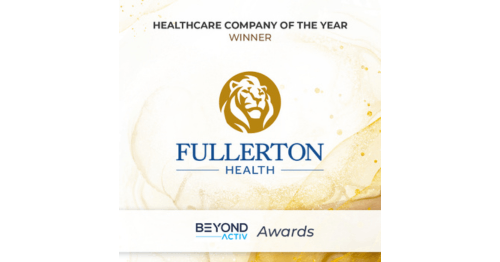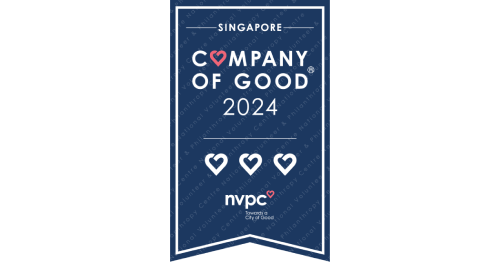The modern healthcare organisation is defined by its adaptability to the needs of its stakeholders, particularly patients who are no longer willing to endure long waiting times for medical attention, and a strained workforce that could use a gentle technological assist.
For Fullerton Health, automation is the key that will unclog operational blockages, clearing the way for more efficient healthcare delivery.
Frontier Enterprise spoke with Dr Ethan Lim, Head of Clinical Strategy & Partnerships, and Medical Director, Fullerton Health, to explore challenges unique to the healthcare sector and how they leveraged enterprise automation platform Workato to address them.
What were some of your IT infrastructure challenges?
As a healthcare company, we have quite a large scale of operations in the APAC region, especially in Singapore. We’re active in nine countries, but the scale of our operations and footprint are different, because healthcare as an industry is vast. You may have different pieces of that entire spectrum in different countries.
For instance, our operations in the Philippines, Indonesia, Singapore, and Malaysia are quite different. That’s one of the challenges with healthcare: Sometimes, certain things can be streamlined across regions to make it more clear-cut and clean-cut. But others must be localised, maybe due to regulatory reasons, operational mechanisms, or the interaction of people with our systems. Those are the factors that make it difficult to achieve seamless integration across the region, or even within our different operations.
To give you a sense, Fullerton operates imaging services and Radlink, and we manage TPAs (third-party administrators) in Singapore, including Fullerton and IHP. We also provide clinic services, allied health services, and ambulance services. You can imagine that there’s a huge range of services and different types of operations. When you’re looking at such a broad scale, you want to identify commonalities, and where we can bring things together and make it more efficient.
One of the key driving factors in healthcare is labour. It’s a global problem, with a widespread shortage of medical professionals, including doctors, nurses, radiographers, technicians, and physiotherapists. This shortage makes service provision challenging. If processes aren’t streamlined, it impacts our efficiency – turnaround times and service quality suffer, and these aren’t good for our clients, customers, and patients. Thus, we’re constantly seeking ways to improve.
Around the middle of last year, we were reevaluating our processes. Healthcare is, unfortunately, operationally intensive. It’s a comprehensive journey. When you visit a doctor, for instance, there’s a cascade of events that follow. Claims are processed, medicines are dispensed, and each step involves its own logistics. The complexity is vast, with numerous processes running concurrently. Our aim is to simplify and streamline these processes as much as possible, so that people are not confused as well.
While we were drawing up all these wonderful charts, we realised, “Oh wow, this is tedious,” because there was a clear opportunity to make it better. This realisation came while I was examining our Singapore operations. I had a discussion with our local IT guy and our group IT leader. We brainstormed after a meeting with a team of experts, thinking, “Why not try a new approach?”
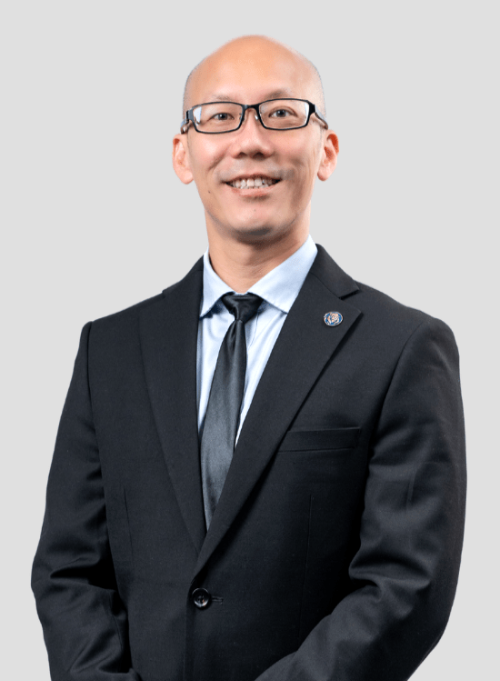
Initially, our focus was on the finance department. As you can imagine, finance involves so many different operations and entities, each with its own set of billing processes. To give you an example, we manage four different clinic management systems. Each system operates with a different billing and operational process, so you can imagine the pain at the backend. Our goal was to integrate these systems seamlessly, ensuring accurate and efficient billing for our clients and patients, while also streamlining the coordination of all services.
These four billing management systems, are they across different countries or different clinics?
They are across different clinics, so it’s just at the clinic front, the front-facing ones. But of course, at the backend, our finance team has to pull information from all these different entities and operations. This involves trying to get these various types of information and different systems to talk to each other. That was the challenge we were facing.
On my side of the business, we didn’t face issues with too many systems, as we primarily used one system for the TPA side, focusing on claims submission and processing. But it was still a very tedious process, because we’re running hundreds of thousands a month. Each year, we handle about 1.5 to 2 million transactions, and that’s in Singapore alone. When you think about it, you realise, “My team is struggling to process this entire bunch of transactions that we’re doing. How can we do this better?” We realised that we were still doing certain things a bit too manually, so we thought, “Can we use a process or system to help identify certain things and generate others for humans to just verify?”
Again, it’s always about manpower and ensuring we have the right people for the job. However, there are certain tasks we believe machines perform better than humans. Conversely, there are things humans can do better than machines, at least for now. So, for us, it was about looking at our work, identifying which tasks should be automated and which should remain human-led, and then work around that.
That’s when we started sitting down with the Workato team to gain a better understanding of what their platform could do. We found that it was a good fit for our needs. The process with Workato was very linear, governed by certain rules, and all the criteria fit everything. That’s how we started this journey of working with Workato.
In fact, just last week, our team was busy deploying another phase of our project with Workato. Having completed the first phase, we’re now actively working on several new ones. Looking ahead to next year, we’ve already planned to do a few other things, because we think it’s wonderful. We can do so much more with Workato. We can save a lot more time, we can get humans to focus on tasks that have much better value and yield better results. I believe this was a really wonderful solution that we stumbled upon.
How did you integrate Workato into your IT infrastructure?
There are certain aspects of healthcare operations that are very unique or vertical-specific. The Workato team hadn’t encountered some of these before, so it was a valuable experience getting to know each other’s capabilities. We kicked off the project in January this year, and our first meeting was at the start of February. However, the actual deployment didn’t happen until June. This long period was necessary as both teams needed to understand the existing systems, workflows, and processes, and determine how much we could change and tweak them. When we finally deployed in June, we encountered several issues that required fine-tuning, as we discovered unforeseen elements in our processes. But now, it’s fine.
With the second phase, we started in August and deployed in September. After the teams have learned the language that we need to operate with, it’s a lot faster. So it takes a while.
What is your take on artificial intelligence, in terms of improving your business processes?
I come in from a non-tech perspective, but there’s been a lot of recent talk about AI and how we would use it. AI has both a creative aspect, like generative AI, and a more deterministic side. That’s the part where creativity can play a role for us as a customer, or as a corporate entity. We might use AI in areas like marketing, but in operations like call centres, it’s different. For instance, if somebody calls to inquire about his health benefits, you’re not going to start telling him, “Oh, you can do everything.” That would be really dangerous, right?
At the scale that we operate, we service thousands of entities, encompassing hundreds of different variations of insurance and health policies, among other things. We have a huge library of information, like details on an AXA policy. For instance, a particular company might need to know specific details, such as coverage for a dermatology problem. Questions like “What is my coverage?” or “What are the policy limits?” are common. Normally, searching for this internally would probably take me 30 minutes. But with AI, quickly pulling up this information for you would be fantastic. However, there needs to be certain guardrails in place, and a clear understanding of AI’s limitations. We also need to have a process for internal verification and reference checks— that will be where we will see AI being useful. But it doesn’t take away the fact that there are certain things that AI will not be able to do as effectively.





